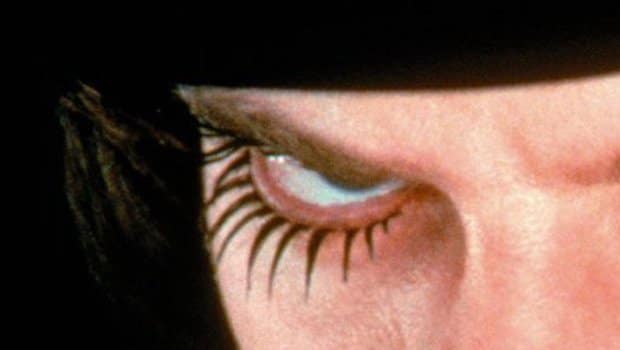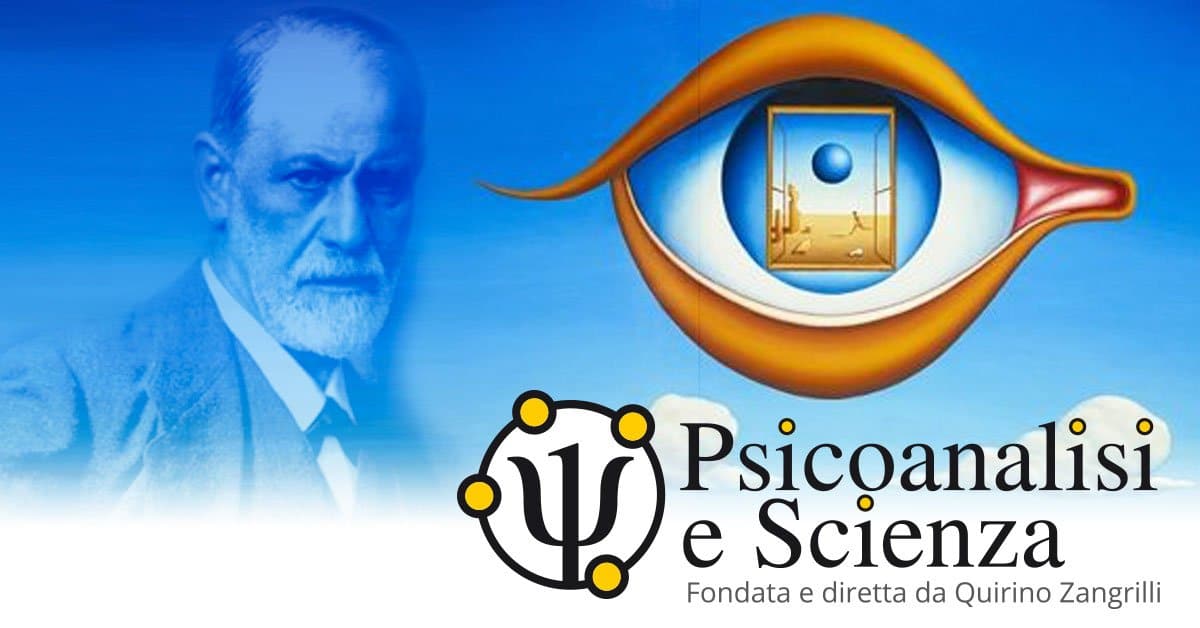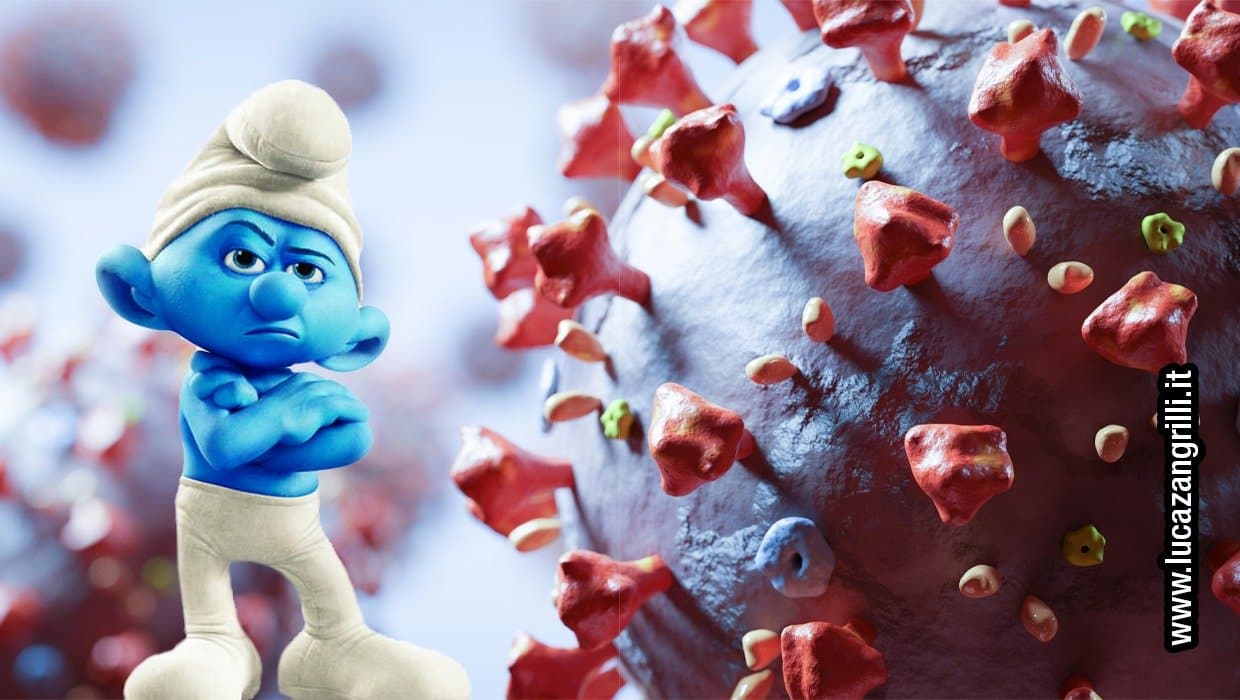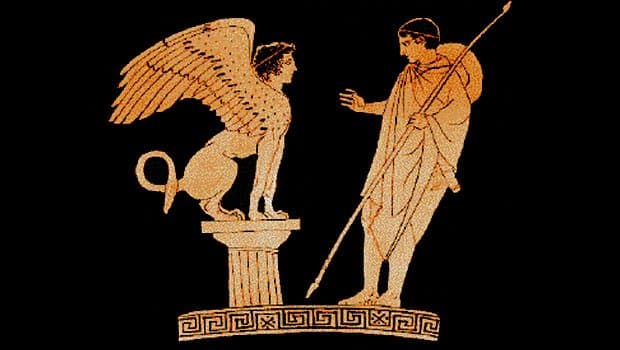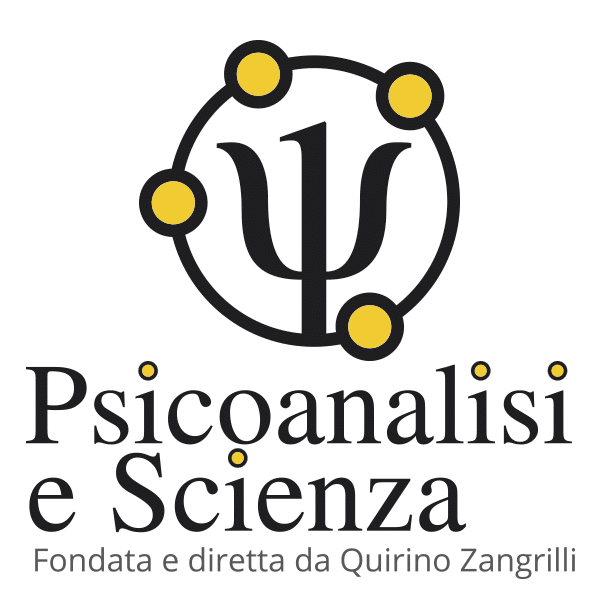(An abstract taken from the relation given by the Author at the Congress “Essere donna oggi: Tra stalking, molestie e femminicidio, I molteplici volti della violenza di genere”, Sora, June, 2014)
The first act of aggression coincides with the beginning of our own life. The spermatozoon, which has undergone the sperm activation during the transit along the female genital ducts, encounters the egg: the acrosome reaction consists in the liberation by the spermatozoa of lithic enzymes which begin to dissolve the zona pellucida of the egg.
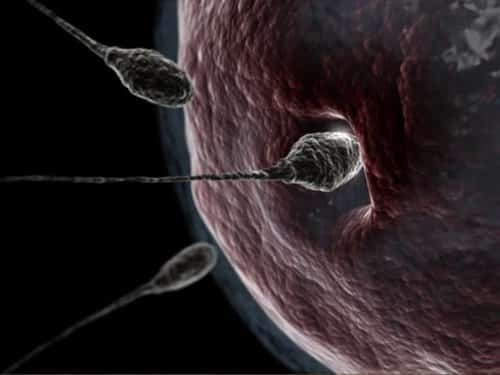
The life of a human being begins therefore with an aggressive act necessary in violating the cellular structure of another living structure to give life to the project of eternalisation of the genome. We can think of how much aggressiveness was used by our ancient progenitors killing animals to obtain food or to defend themselves and their own offspring from wild beasts or from the attacks of hostile human groups.
Certainly here we find ourselves in front of a ‘benign‘ aggressiveness as Erich Fromm describes it in “The Anatomy of Human Destructiveness” of 1973, at the service of the survival of the individual and of the species, it is biologically adaptive and ceases when the aggressor is lacking.
The other type, the ‘malignant’ aggressiveness, in other words cruelty and destructive activity, is specific of the human species, it seems practically absent in the majority of mammals, it is not phylogenetically programmed (at this point Fromm dissents from Freud) and it is not biologically adaptive: it has no goal and if it is practiced it provokes sensual pleasure.
Many categories of scientists have dealt with the study of human aggressiveness.
I like to consider that the categories closest to the clinical aspects, psychoanalysts, anthropologists and ethnologists practically agree: yes, the human aggressiveness is innate, phylogenetically predetermined and programmed as a primary instinct.
Categories inclined to the philosophical constructions of the ideological principals, the environmental ones, believe on the contrary that human beings are born lacking the aggressive instinct and that this is generated uniquely by frustration or by social conditioning.
These are the phantasies of the New Man that in thousands of years of documental history, strangely enough, have not found any real confirmation.
It is sufficient to think of the infinite slaughter of death and destruction that Fascism, Nazism and Communism have brought us in only 100 years of experimentation.
Regarding this, far more pungent than me was Freud who wrote: “How do we properly represent to ourselves the process through which a single human being arrives at a higher ethical level? A first answer could be that man is originally from birth good and noble; but this thesis is not even worth discussing” (Thoughts For The Times On War And Death, 1915)
As a psychoanalyst I have spent more than 30 years of my life listening to confidences on a daily basis, that normally human beings cannot even say to themselves, simply because, these are relegated to the so-called unconscious and in normal conditions are inaccessible.
I believe though, that many of you, especially those of you who have a psychic structure which is more permeable towards your own preconscious contents, can remember dreams in which the aggressive activity explodes in a paroxysmal form, killing, slaughtering and destroying.
You will say to me that dreaming is a chaotic activity without any sense: but 100 and more years of clinical experimentation categorically contradict this assertion: dreaming is a sophisticated mechanism of hallucinatory satisfaction of desires dating back to the primary childhood which are incompatible with the Ego and have only two pressures: sexuality and aggressiveness.
On an extreme level we can say that at the basis of the human mind there is only sexuality, aggressiveness and dreaming and all the wonders that we have created during the course of our history such as art, technology, literature, poetry and music are a distillation, through sublimation, of the three cardinal activities: sexuality, aggressiveness and dreaming.

We can notice three phases along Freud’s theoretical path while he worked on the concept of the aggressive drive: in the first phase, before 1915, aggressiveness is conceived almost exclusively as an aspect of the libido or however as if it were at the libido’s service: the beginning of my article will count as an example, an aggressive act is necessary to prolong the human existence. In the second phase, corresponding to the work “Instincts And Their Vicissitudes” 1915, after the explosion of the massacre of the first world war, aggressiveness is conceived as independent from the libido and ascribable to the Ego drives (or of self-conservation). Finally in the third phase, after 1920, aggressiveness is no longer considered a manifestation of the Ego drives, but as a manifestation of an autonomous death drive.
In the 1915 work Freud reminds us that the drives undergo a constant rearrangement from birth onwards: These primitive instincts must make a long evolutive journey before they can operate in the adult human being. They are inhibited and deviated towards other aims and other spheres, they intermix, change their objects and they partially direct themselves onto the subject itself. The mechanisms put in use are numerous: repression, frustration, inhibition, introjection, sublimation and reaction-formation. The latter is very interesting.
Let’s read it described by Freud:
“Reaction-formations against certain drives give the illusion of changing their contents, as if the egoism has been changed into altruism and cruelty into compassion… only after all these “vicissitudes of instincts” have been fulfilled, what we call the ‘character‘ of a man emerges… It is rare that a man is totally good or totally bad: for the most part he is good for certain aspects, and bad for others or good in certain circumstances and certainly bad in others. The pre-existence in childhood of strong ‘bad’ instincts is often the factor which determines a successive very marked orientation of the adult towards the ‘good’. The children who are shamelessly selfish can become the most generous citizens and mostly disposed towards sacrifice; the majority of the apostles of pity, of philanthropists and animal lovers were originally little sadists and torturers of animals” (Freud, op.cit.)
Now, the aggressiveness is innate and acts since the intrauterine period (but I will refer to this shortly) and it is modelled, smoothed and domesticated so to speak by two great forces one inside the individual and the other outside him: do not believe the dreamers, because it cannot be suppressed.
The internal one is the Eros, the libido, the sexual drive.
With the supply of erotism (the human need for love intended in the widest sense) the egoistic drives transform themselves into social drives: one learns that to be loved is such a great advantage that it’s worthwhile giving up other advantages for it.
The external factor is the educational constriction which represents the demands of the civil society and it is later replaced by its direct pressure.
From this point of view you can understand how, on one side, a healthy society is a society which does not repress erotism: and from this point of view we are serving a millennium of unjustified and ferocious repression practised by the catholic church whose effects will still determine its consequences for a very long time since the super-ego taboos and prohibitions are interiorised and exert their negative action even when the vexatious stimulus stops.
On the other side, a society in which repression of violence, certainty of Justice, assumption of the blame and expiation of the misdoings become weaker, is condemned to an inevitable explosive disintegration.
It seems to me that from this point of view we are moving dangerously closer to the point of no return.
Earlier I spoke to you about the maternal-foetus aggressiveness.
When at the beginning of the 70s my Master Nicola Peluffo began practising a particular type of psychoanalysis which I define “intensive”, based on long sessions, of even two or three consecutive hours, psychoanalysts of his school found themselves faced with the production, from all their patients, of an unusual associative material: a large number of analysis hours were being devoted to the description of deep sexual-aggressive dynamics which were temporally placed, by the patients, in a completely archaic period: the intrauterine age.
Many patients who underwent long sessions described with anxiety the existence of threat-annihilation experiences coming from the maternal pole and specular desires of destruction-assimilation coming from the foetal pole.
Recently confirmation has also arrived from the Evolutionary Biology.
The evolutionary biologist from Harvard, David Haig, also considers pregnancy a process which does not develop in perfect harmony. Haig, thus confirming the observations from the psychic aspect made by psychoanalysts of the Peluffo schooling, affirms that mother and foetus engage in an unconscious fight for nourishment and for mutual survival. Haig also thinks that the conflict can even continue after birth and influence the future life, explaining psychological disorders such as depression and autism.
In an article dating 1995, Haig seems to use the same terminology which Peluffo’s disciples have used for decades, raising waves of criticism and causing lack of understanding.
Haig reminds us how the most intimate human relationship is that between a mother and her foetus.
But he wonders if the idea of harmonious cohabitation is nothing but an illusion and formulates the question: “… is the foetus an alien intruder, a parasite that takes what it can without concern for its maternal host? “.
Haig, as Peluffo had already emphasised in his works, reminds us that the embryo, since its first implantation, sends out cells that invade the uterine lining which destroy the maternal endometrium and open a number of veritable pumping mouths in the maternal vessels: “The result is that the foetus has direct access to its mother’s blood, and the mother is unable to constrict the vessels”. Furthermore, the foetus, having a direct access to the maternal vascular system, can introduce a number of strategically important substances for its survival into the maternal organism.
Haig sometimes mentions that the placenta may have an inadequate supply of maternal blood: one way for the placenta to increase the haematic supply and therefore the vital substances, is to determine an increase of the maternal blood pressure, which is what occurs in pre-eclampsia. According to Haig’s hypotheses, this would not be a casual eventuality, but the result of a foetal strategy finalised to increase blood afflux in the intervillous spaces from which the foetus draws nourishment.
This brings us back to Freud’s intermediate hypothesis after 1915: aggressiveness is an autonomous drive, independent from the libido and belonging to the Ego drives (or of self-preservation).
The only thing remaining at this point to give you a complete, brief but hopefully rigorous picture of the psychoanalytic point of view regarding the issue, is that to describe the final theorisation of Freud’s conception of this theme: the discovery of the death drive.
Freud starts to confute the supposed hegemony of the pleasure principal in the organisation of the human life. If such hegemony existed, the majority of our psychic processes would be accompanied by or would bring pleasure, while the universal experience energetically counterposes this conclusion, he says.
The war which caused indescribable losses had brought to Freud’s and the many specialists’ observation who dealt with mental health, an aspect which was then not well known: the so-called “war neurosis” which struck Freud for a particular factor: the oneiric life of the people affected by traumatic neurosis had the characteristic of continuously resetting the patient in the very situation of his accident, from which he awakened with renewed fear.
This fact clearly entered in contradiction with the definition of dreams as a hallucinatory satisfaction of an unconscious desire given by Freud.
Contemporaneously Freud had discovered the existence of the so-called “compulsion to repeat”: the unconscious and irrepressible necessity to put oneself in an invariably painful situation, even if absurd and humiliating. Freud discovered it during the observation of a particular child’s game, in this case, his nephew Ernst.
Freud’s nephew often repeated a game, which can be commonly seen by anybody who lives with small child: he would throw a wooden reel away from himself, out of his sight, exclaiming: “Fort!”, (Gone!) and “Da!” (There!).
After that, the child, who was far from stupid being Freud’s nephew, tied a thread to the reel, automating the game, throwing it repeatedly over the edge of his cot and pulling it back to himself saying: “Fort! … Da!”. What was at stake – Freud hypothesised – was the control of the anguish produced by losing the object (the wooden reel which symbolised the mother).
Hence Freud discovers that a continuous incessant attempt of being able to magically return to a pre-traumatic situation exists in human beings, which then incessantly feeds all our painful repetitions.

But here Freud becomes superhuman and makes a capital leap: he says that the true traumatic moment was the beginning of life which tore the organic matter away from the absolute stasis of the inorganic dimension, provoking an insuppressible tension except by death.
The destructiveness to which the human aggressiveness puts itself to use, would finally be a kind of inevitable activity intent on returning to a state of total initial calm.
From this point of view, therefore, the human aggressiveness appears to be insuppressible. The War, the human losses, the huge destructions personally experienced by Freud provoked in him such a deep influence that in his work of historic turning-point “Beyond the Pleasure Principle” from 1920, he resigns himself to hypothesising the existence of an autonomous biologic instinct, designated to the dissolving of the living substance, in the search for the absolute calm of the inorganic world. The aggressiveness is insuppressible, it is inherent in nature.
Life is a transitory epiphenomenon in which the existence of the life drive, as on the texture of a black hole, invents objects, it creates them, like today’s modern sand sculptors do; but these are, as Freud says, passing entities.
Our greatest psychic pains are our lost ones: the loss of our dearest.
I would like to conclude regarding this with the words of Nicola Peluffo: “I believe the Master (Freud) intends to say that if the objects didn’t perish, the libido would never be free, and for the subject nothing new would ever exist in the world. The loss of the objects is necessary so that the libido, free, invests on (or invents) others and creates “other music” (relationships), of which the marginal resonances escape the whirlpool of the compulsion to repeat. The loss creates that which makes life beautiful: it opens the synapses in which we grasp the moment of creation, the rest is static and waits to disappear”.
Translated by Linda De Nardo
Nel 2024 riceve il Premio Accademico d’Onore della Accademia Culturale Internazionale Cartagine 2.0.
Nel 2024 docente ad Almaty – Kazakhstan presso il workshop di psicoanalisi sul tema della violenza, promosso dall’Università di psicoanalisi di Mosca in collaborazione con l’Istituto svizzero di micropsicoanalisi.
Doctor Quirino Zangrilli was born in Fiuggi in 1955. Graduated with honours in Medicine and Surgery in 1980, he practices Psychoanalysis, with intensive method, since 1982. He is author of 72 scientific pubblications. He has attended as speaker or president of session to many national and international scientific Conventions. His book “La vita:involucro vuoto” (Life: empty involucre), published by Borla in 1993, has been in use by the Chair of Dynamic Psychology at Turin’s University since 1994. He is the author and founder of the multimedia review “Psicoanalisi e Scienza” (Psychoanalysis and Science), the most read Italian on line review of psychoanalysis. In 2012 he participated as a Speaker at the Scientific Festival of BergamoScienza. In 2013 he illustrated his research on the maternal-fetal interaction in the Special Session of the XI World Congress of Perinatal Medicine in Moscow with his relation “Intrauterine Imprinting”. He is visiting teacher at Moscow Institute of psychoanalysis and training psychoanalist of Swiss Institute of Micropsychoanalysis.
In 2024 he is a teacher in Almaty – Kazakhstan at the psychoanalysis workshop on the topic of violence, promoted by the Moscow University of Psychoanalysis in collaboration with the Swiss Institute of Micropsychoanalysis.
In 2024 he received the Honorary Academic Award of the Carthage 2.0 International Cultural Academy
Le Le Docteur Quirino Zangrilli est né à Fiuggi en 1955. Diplômé avec mention en Médecine et Chirurgie en 1980, il pratique la psychanalyse depuis 1982, en utilisant une technique intensive. Il est l’auteur de 72 livres et publications scientifiques. Il a participé en tant que conférencier ou président de session à de nombreuses conférences scientifiques nationales et internationales. Son livre “La vie : enveloppe vide”, publié par Borla en 1993, est adopté depuis 1994 par la Chaire de Psychologie Dynamique de l’Université de Turin. En 1994, il a reçu le “Prix national Ciociaria de médecine”. Il a conçu et fondé le magazine multimédia “Psicoanalisi e Scienza”, qui est le magazine de psychanalyse en ligne en italien le plus suivi au monde. (Source : Entireweb, Alexa, Google, Virgilio, Arianna., etc.). En 2012, il a participé en tant que conférencier à la colloque scientifique de BergamoScienza. En 2013, il a exposé ses études sur l’interaction materno-fœtale lors de la session spéciale du XIe Congrès mondial de médecine périnatale à Moscou avec le rapport “Intrauterine Imprinting”. Il est chargé d’enseignement au cours de spécialisation de trois ans en psychanalyse, psychothérapie psychanalytique et consultation psychanalytique à l’Université de Moscou. Il est membre didacticien de l’Institut Suisse de Micropsychanalyse et de la Commission pour la Pratique de celui-ci.
En 2024, il enseigne à Almaty – Kazakhstan à l’atelier de psychanalyse sur le thème de la violence, promu par l’Université de Psychanalyse de Moscou en collaboration avec l’Institut Suisse de Micropsychanalyse.
En 2024, il reçoit le Prix Académique Honoraire de l’Académie Culturelle Internationale Carthage 2.0.
В 2024 году является преподавателем в Алматы – Казахстан на семинаре по психоанализу на тему насилия, проводимом Московским университетом психоанализа в сотрудничестве со Швейцарским институтом микропсихоанализа.
В 2024 был награжден Почетной академической премией Академии Международной Культуры «Карфаген 2.0».

